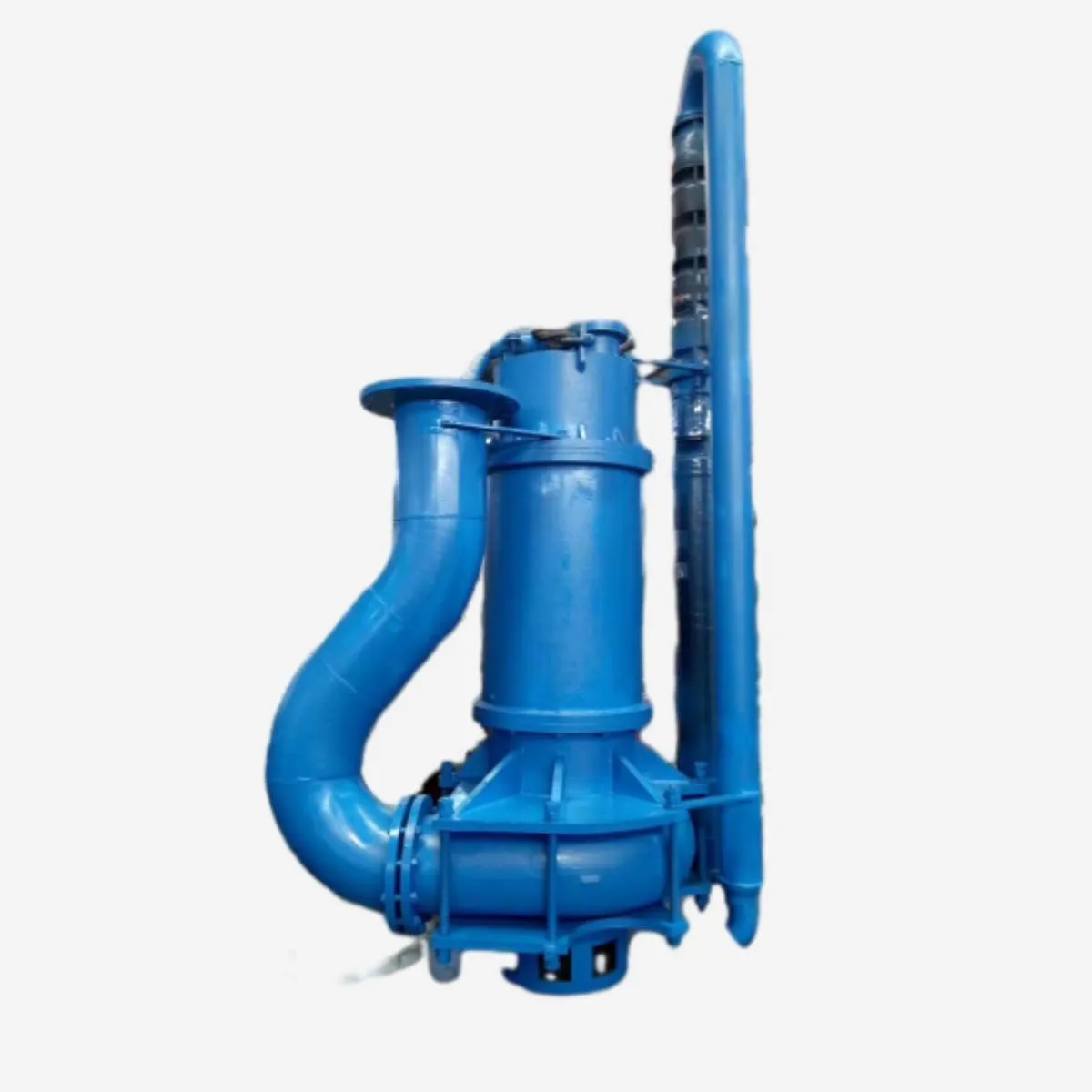Ukrainian
- Afrikaans
- Albanian
- Amharic
- Arabic
- Armenian
- Azerbaijani
- Basque
- Belarusian
- Bengali
- Bosnian
- Bulgarian
- Catalan
- Cebuano
- Corsican
- Croatian
- Czech
- Danish
- Dutch
- English
- Esperanto
- Estonian
- Finnish
- French
- Frisian
- Galician
- Georgian
- German
- Greek
- Gujarati
- Haitian Creole
- hausa
- hawaiian
- Hebrew
- Hindi
- Miao
- Hungarian
- Icelandic
- igbo
- Indonesian
- irish
- Italian
- Japanese
- Javanese
- Kannada
- kazakh
- Khmer
- Rwandese
- Korean
- Kurdish
- Kyrgyz
- Lao
- Latin
- Latvian
- Lithuanian
- Luxembourgish
- Macedonian
- Malgashi
- Malay
- Malayalam
- Maltese
- Maori
- Marathi
- Mongolian
- Myanmar
- Nepali
- Norwegian
- Norwegian
- Occitan
- Pashto
- Persian
- Polish
- Portuguese
- Punjabi
- Romanian
- Russian
- Samoan
- Scottish Gaelic
- Serbian
- Sesotho
- Shona
- Sindhi
- Sinhala
- Slovak
- Slovenian
- Somali
- Spanish
- Sundanese
- Swahili
- Swedish
- Tagalog
- Tajik
- Tamil
- Tatar
- Telugu
- Thai
- Turkish
- Turkmen
- Ukrainian
- Urdu
- Uighur
- Uzbek
- Vietnamese
- Welsh
- Bantu
- Yiddish
- Yoruba
- Zulu
Telephone: +86 13120555503
Email: frank@cypump.com
Гру . 22, 2024 10:32 Back to list
vertical froth pump
Understanding Vertical Froth Pumps An Essential Tool in Mining and Processing Industries
In the mining and mineral processing industries, the handling of slurries—mixtures of solid particles and liquid—is a common and critical operation. Among the various types of pumps used to manage these slurries, vertical froth pumps stand out due to their design and operational efficiency. This article delves into the mechanics, advantages, applications, and considerations of using vertical froth pumps in industrial settings.
What Are Vertical Froth Pumps?
Vertical froth pumps are specialized pumps designed to handle not just slurries but specifically those that contain a high amount of froth or foam generated during the separation processes, such as flotation. These pumps have a vertical orientation, which allows them to manage slurries that tend to contain a significant volume of air or gas bubbles. The construction generally features a robust casing and an impeller designed to withstand the harsh conditions present during the pumping of frothy mixtures.
Mechanics of Operation
The operation of a vertical froth pump is fundamentally different from that of conventional slurry pumps. The unique design allows for a low-shear environment, which effectively minimizes the risk of breaking down the froth. The impeller is engineered to create a suction that pulls the frothy slurry into the pump while maintaining the integrity of the bubbles. As the frothy slurry enters the pump, it is mixed with water again to form a more manageable fluid that can be effectively discharged through the pump outlet.
The vertical nature of the pump helps to facilitate the separation of the drops of foam and liquid, which leads to more efficient pumping of the entire froth mixture. This is particularly advantageous in applications involving flotation, where the use of surfactants creates a frothy layer above a mineral-rich slurry.
Advantages of Vertical Froth Pumps
2. Space-Saving Design The vertical orientation allows these pumps to occupy less floor space than their horizontal counterparts, making them ideal for operations where space is a premium.
vertical froth pump

3. Reduced Need for Auxiliary Equipment By managing the froth effectively, these pumps often eliminate the need for additional equipment, such as separators or de-foaming agents, which can save costs.
4. Robust Construction Designed to withstand the abrasive nature of frothy slurries, vertical froth pumps are constructed using durable materials, ensuring longevity and reducing maintenance needs.
5. Flexibility in Operations These pumps can operate efficiently across various conditions, making them suitable for different processes within mining and mineral processing.
Applications
Vertical froth pumps are commonly used in various applications, particularly in the mining industry, for tasks such as
- Mineral Processing In flotation circuits, these pumps transport the frothy slurry containing valuable minerals from flotation cells to further processing stages. - Chemical Processing They are utilized in applications where foam generation is prevalent, aiding in the transfer and processing of chemical slurries. - Waste Management These pumps can effectively handle frothy waste products, providing a means for proper disposal and treatment.
Considerations for Use
While vertical froth pumps offer numerous benefits, there are also considerations to keep in mind. Proper selection of pump size and configuration is crucial to optimize performance. Additionally, operators must be trained to understand the unique challenges presented by frothy mixtures to ensure that the pump operates efficiently and effectively.
Conclusion
Vertical froth pumps play an invaluable role in the mining and processing industries, allowing for the effective management of frothy slurries. Their innovative design facilitates efficient operation under challenging conditions, making them integral to many mineral processing plants. As industries continue to evolve, the importance of such specialized equipment will only grow, highlighting the need for ongoing research and development in pump technology.
-
ISG Series Vertical Pipeline Pump - Chi Yuan Pumps Co., LTD.|High Efficiency, Low Noise, Durable
NewsAug.02,2025
-
ISG Series Vertical Pipeline Pump - Chi Yuan Pumps | High Efficiency, Low Noise
NewsAug.02,2025
-
ISG Series Vertical Pipeline Pump- Chi Yuan Pumps Co., LTD.|High Efficiency&Compact Design
NewsAug.02,2025
-
Heavy-Duty Mining Sludge Pumps - Wear-Resistant Slurry Handling
NewsAug.02,2025
-
Horizontal Split Case Pump with GPT-4 Turbo | High Efficiency
NewsAug.01,2025
-
ISG Series Pipeline Pump - Chi Yuan Pumps | High Efficiency, Durable Design
NewsAug.01,2025










